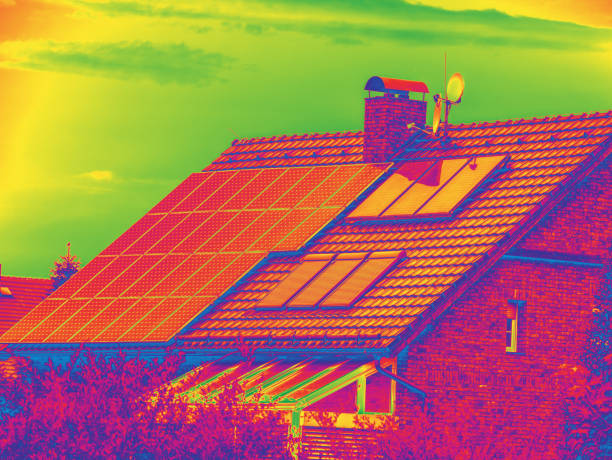Unveiling the Potential of Fixed Wireless Access in Enhancing Internet Connectivity
In today's hyper-connected world, internet access is no longer a luxury but a necessity. But how can we address the connectivity gaps that still exist? Enter Fixed Wireless Access (FWA), an underexplored yet promising solution that could change the game.

A Glimpse Into the Past: Understanding the Foundations of Fixed Wireless Access
Before we can fully discuss the potential and benefits of Fixed Wireless Access, it is crucial to understand its roots. The concept of FWA can be traced back to the 1990s, during the early stages of the internet era. It was introduced as a method to provide broadband internet access in areas where wired connections were challenging or economically unfeasible.
Despite its early introduction, FWA remained in the background, primarily due to technological limitations and the dominance of wired broadband solutions. However, with the recent advancements in wireless technology, FWA is now experiencing a resurgence and is poised to become a key player in the internet connectivity landscape.
Current Trends and Regulatory Changes in the FWA Space
Fixed Wireless Access isn’t a new concept, but it’s gaining significant attention recently, driven by the continued evolution of wireless technologies and the ever-increasing demand for reliable and high-speed internet access.
Key regulatory bodies, such as the Federal Communications Commission (FCC) in the US, are now actively promoting the deployment of FWA as a part of their plan to bridge the digital divide. They have even allocated various spectrum bands specifically for FWA usage.
The Impact and Applications of Fixed Wireless Access
Fixed Wireless Access has the potential to revolutionize internet connectivity, especially in areas where wired broadband is unavailable or unreliable. By transmitting internet data over the airwaves, FWA eliminates the need for costly and time-consuming cable installations.
One of the key sectors that can benefit from FWA is remote and rural areas. Traditional broadband solutions often overlook these areas due to the high cost of infrastructure. With FWA, these communities can enjoy high-speed internet connectivity without the need for expensive cabling.
FWA can also be a practical solution for businesses. With its flexible deployment and scalability, FWA can cater to the varying needs of businesses, from small enterprises to large corporations.
The Challenges and Future of Fixed Wireless Access
While FWA holds immense potential, it is not without its challenges. Factors such as signal interference, weather conditions, and geographical obstacles can affect the performance of FWA. However, with ongoing research and development, these issues can be addressed.
Looking forward, FWA is expected to play a significant role in the global internet connectivity landscape. As wireless technologies continue to evolve and regulatory bodies push for its deployment, FWA may just be the game-changer we need to ensure universal internet connectivity.
In conclusion, Fixed Wireless Access represents a promising solution to address the connectivity gaps that still exist in today’s increasingly digital world. By understanding its potential and addressing its challenges, we can harness the power of FWA to create a world where reliable internet access is available for all.




